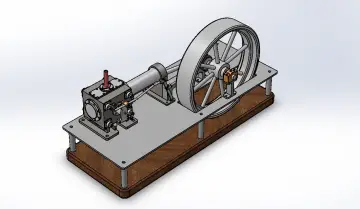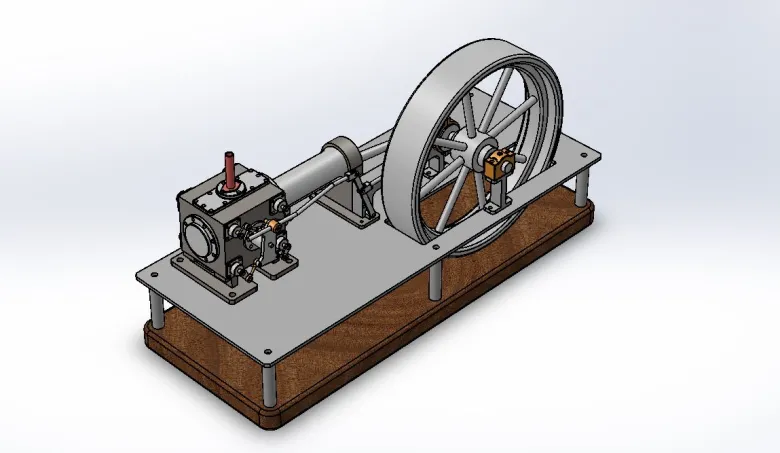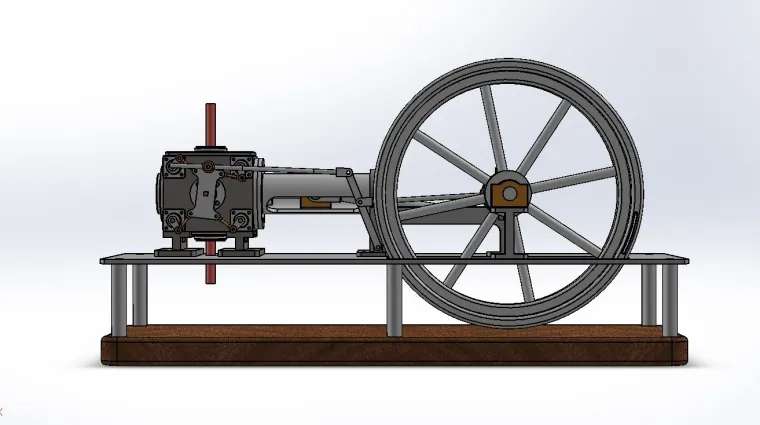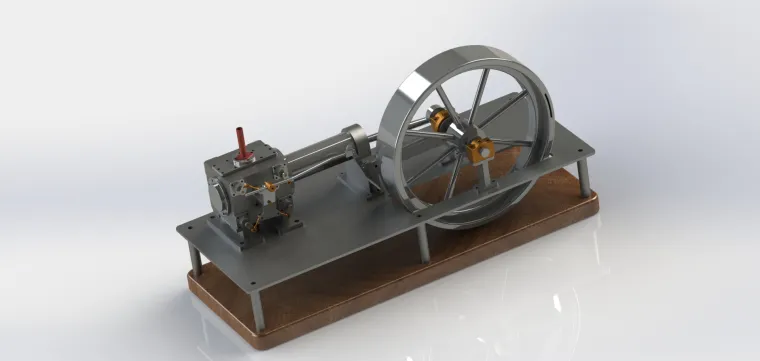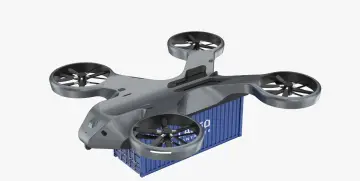Story
Introduction:
The Corliss engine, invented by George H. Corliss in 1849, is a type of steam engine renowned for its efficiency and precision in controlling steam flow. It became a milestone in industrial machinery, powering factories, mills, and workshops during the Industrial Revolution. This CAD model captures the essential mechanics of the Corliss engine, making it accessible for educational purposes, engineering studies, and 3D printing enthusiasts. The model highlights the engine’s elegant design, functional components, and operational motion, providing a comprehensive understanding of steam engine mechanics.
Design and Features:
The CAD model is meticulously designed to replicate the original Corliss engine structure. Key components included are the cylinder, piston, flywheel, valves, valve gear mechanism, connecting rods, and crankshaft. Each component is modeled to reflect real-world proportions, ensuring accurate movement simulation when animated or 3D printed. The flywheel and valve system are designed to demonstrate the unique Corliss mechanism, which allows for independent cut-off control and highly efficient steam usage.
Functional Motion:
One of the highlights of this CAD model is its ability to simulate the motion of the engine. The connecting rods and crankshaft are aligned to demonstrate the conversion of linear piston motion into rotational motion of the flywheel. The valve gear is modeled to showcase the timing and coordination of steam entry and exhaust, reflecting the engine’s efficiency improvements over traditional steam engines. This feature makes the model particularly useful for educational demonstrations and interactive learning sessions.
Applications and Use Cases:
This Corliss engine CAD model serves multiple purposes. It can be used by students and educators to understand the principles of steam engines and mechanical motion. Engineering enthusiasts can study the design and mechanism in detail, exploring the intricacies of the valve system and energy conversion. Additionally, makers and hobbyists can use the model for 3D printing, creating a small-scale functional replica to assemble and observe the motion in real life.
Conclusion:
Overall, this CAD model of the Corliss engine combines historical engineering insight with modern design tools, offering a detailed and interactive representation of one of the most efficient steam engines ever built. It not only serves as a learning tool but also as a showcase of precision mechanical design, suitable for both educational and hobbyist communities. By exploring this model, users can appreciate the ingenuity behind the Corliss engine and the engineering advancements that shaped the industrial era.











